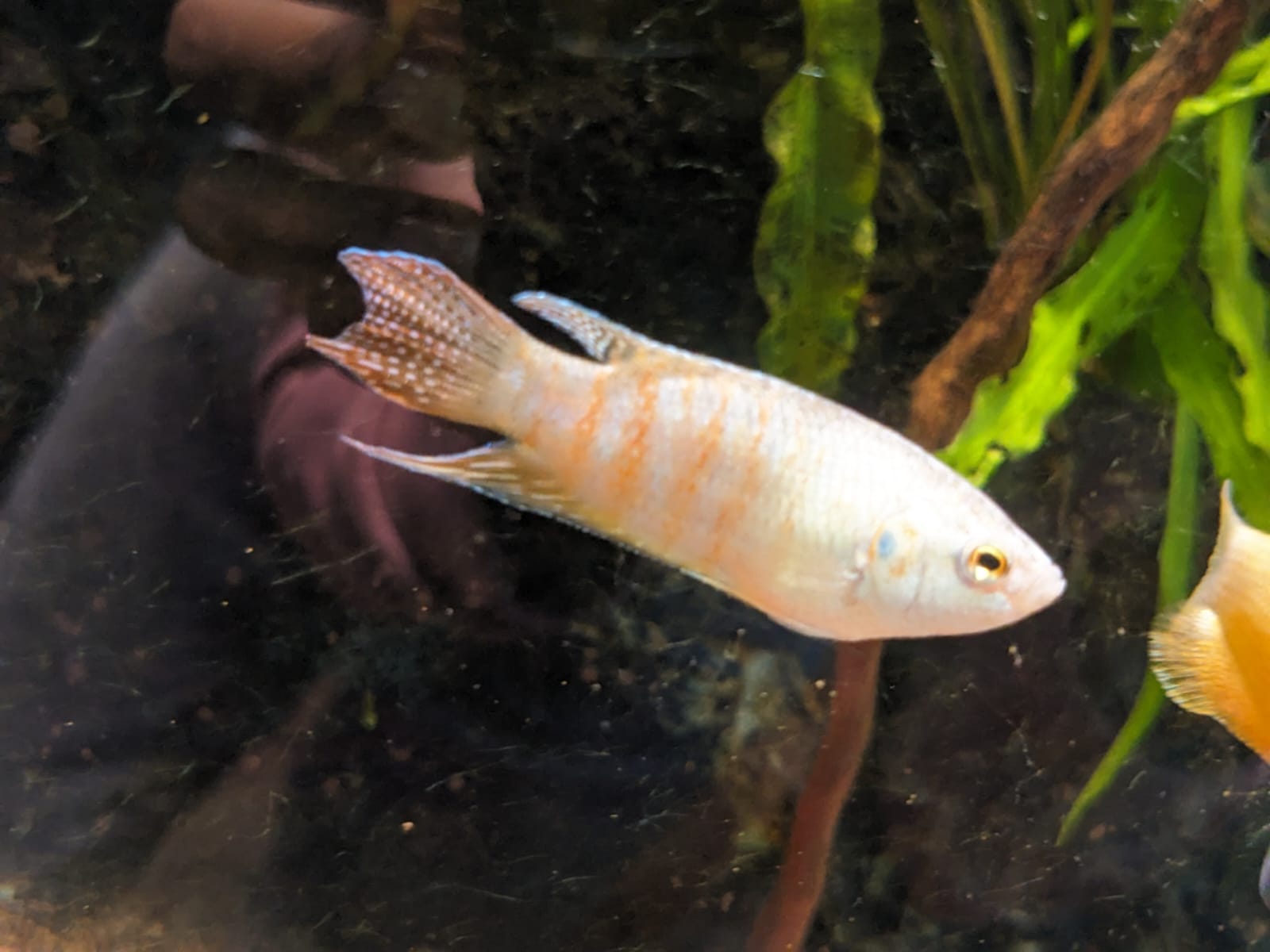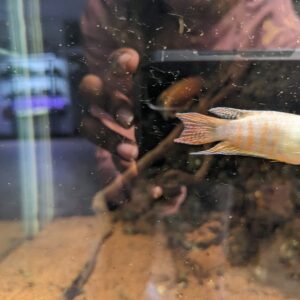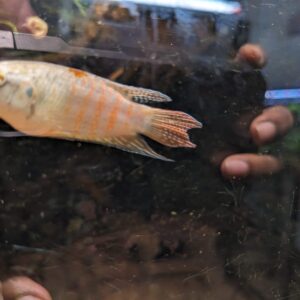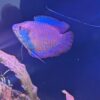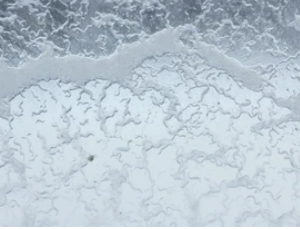Paradise fish
₹200.00 Original price was: ₹200.00.₹150.00Current price is: ₹150.00.
Dive into Elegance: Discover the Enchanting World of Paradise Fish!
Out of stock
The paradise fish (Macropodus opercularis), also known as the paradise gourami, is a small freshwater fish species native to East Asia. They are often kept in home aquariums due to their striking appearance and interesting behaviors. Here are some key characteristics and information about paradise fish:
Paradise fish are known for their vibrant colors and flowing fins. They typically have a blue or green body with vertical stripes and red or orange accents on their fins. Their fins are long and flowing, giving them an elegant appearance.
These fish can grow to around 2.5 to 3 inches (6 to 8 centimeters) in length, making them suitable for smaller aquarium setups.
Paradise fish are known for their territorial and aggressive nature, especially males. Males can be particularly aggressive toward each other and other fish with similar appearances. It’s usually recommended to keep only one male in a tank or to keep a single male with several females.
In the wild, paradise fish are found in slow-moving or stagnant waters, such as rice paddies, ponds, and swamps. They prefer areas with dense vegetation and hiding spots.
When keeping paradise fish in an aquarium, it’s important to provide plenty of hiding places and vegetation to mimic their natural habitat. A tank of around 20 gallons or more is recommended. The water temperature should be maintained around 72-82°F (22-28°C), and the pH should be slightly acidic to neutral (pH 6.0-7.5).
Breeding paradise fish can be an interesting endeavor. They are bubble nest builders, meaning the male will create a nest at the water’s surface using bubbles and plant materials. After the female lays her eggs, the male will guard and protect the nest. Once the fry (baby fish) hatch, they can be fed infusoria and later transitioned to baby brine shrimp.
Paradise fish have the ability to change color intensity depending on their mood and environment. This can be an interesting behavior to observe in your aquarium.
Remember that while paradise fish can be captivating and rewarding to keep, their aggression and specific care requirements should be taken into consideration when setting up an aquarium for them. Proper research and a suitable environment will contribute to their health and well-being in captivity.
IV. Species compatibility
Due to their territorial nature, paradise fish might not be the best choice for a community aquarium with delicate or passive fish. They can be kept with other robust and similarly-sized fish that can hold their own.
V. How to feed this species?
Paradise fish are omnivorous, meaning they eat a variety of foods. In captivity, they can be fed a combination of high-quality flakes, pellets, live or frozen foods like brine shrimp, bloodworms, and daphnia.
Disclaimer for Live Aquarium Species
Disclaimer for Individual fish prices
| Weight | 1 kg |
|---|---|
| Dimensions | 15 × 20 × 30 cm |
| Family | Gourami |
| Scientific Name | Macropodus opercularis |
| Tank size | 20 gallons |
| Special Diet | Live and frozen foods are a good way to introduce protein into their diet |
| Native To | Asia |
| Care Level | Easy to intermediate |
| Max water Temp | 82 °F |
| Min Water Temp | 70 °F |
| pH Max | 7.0 |
| pH Min | 6.5 |
Related products
Gourami


